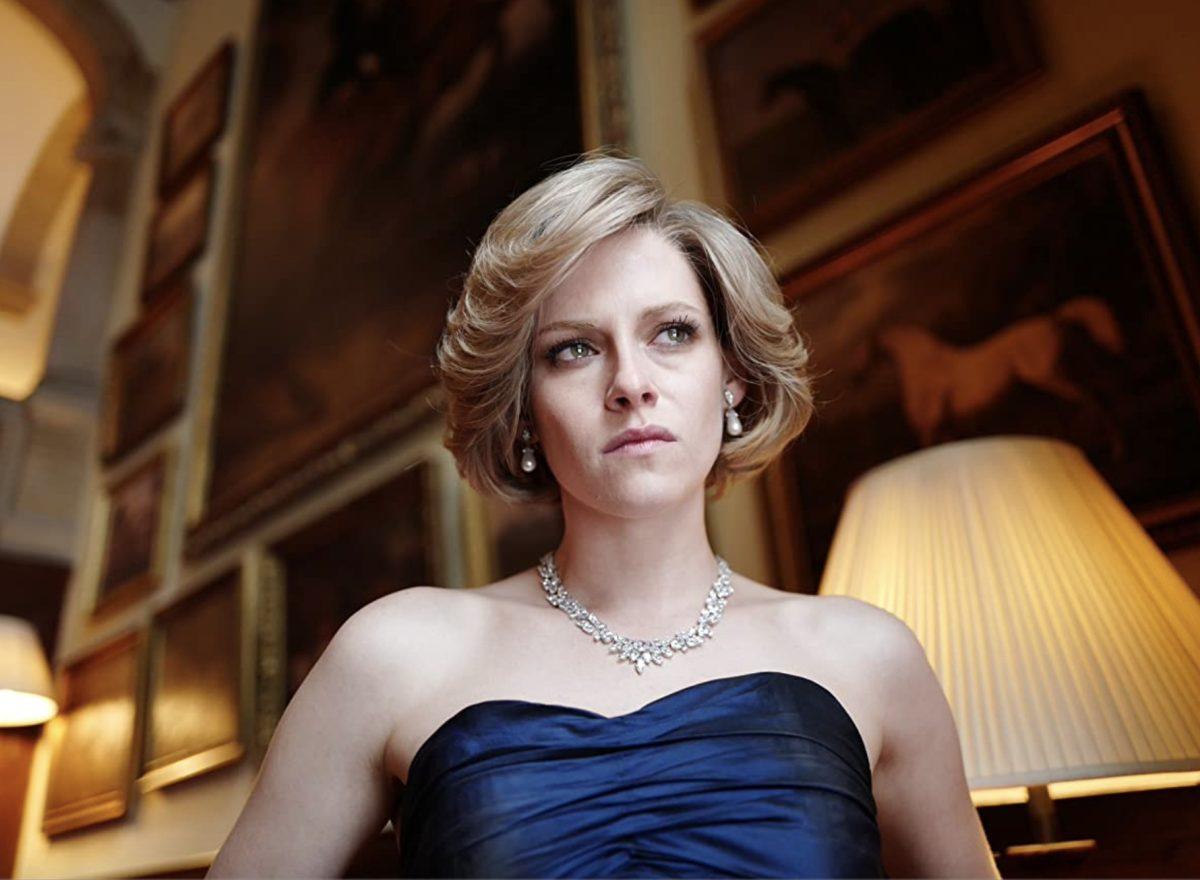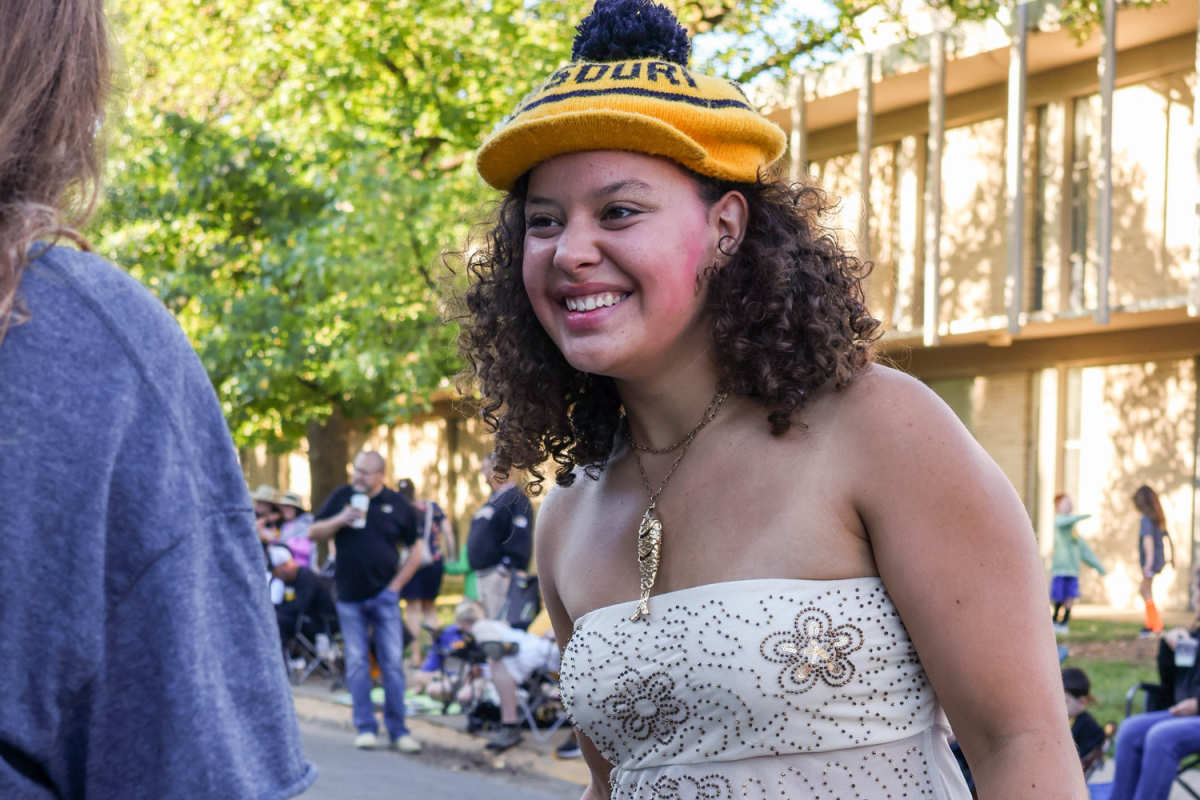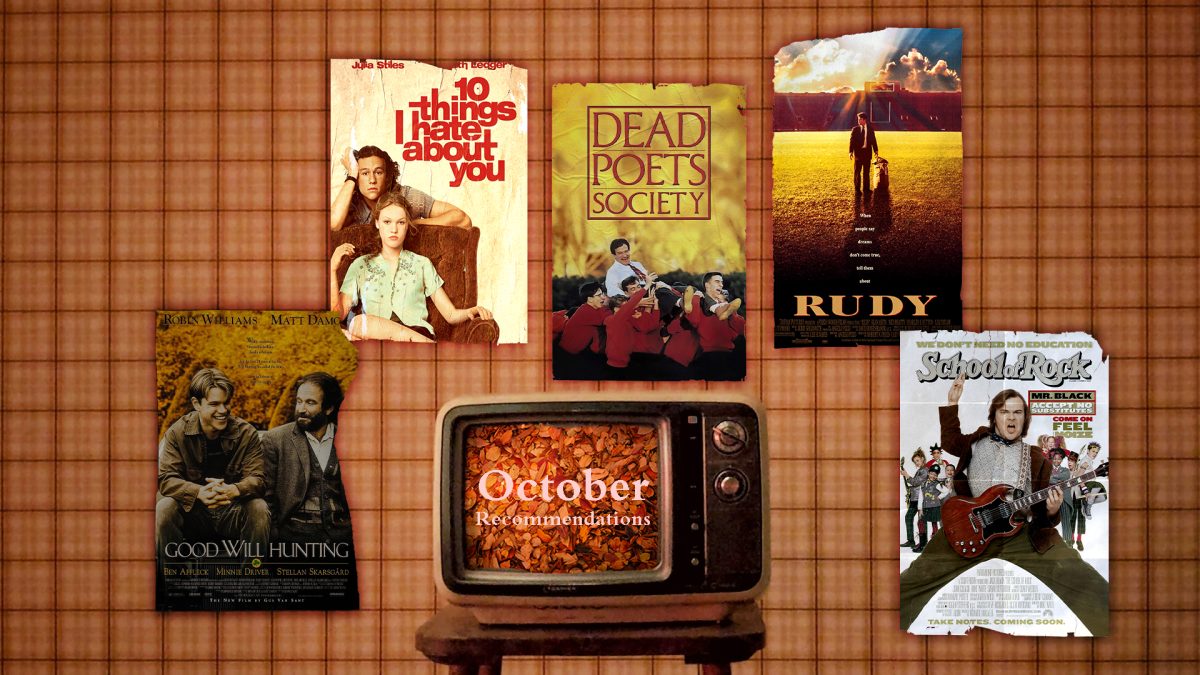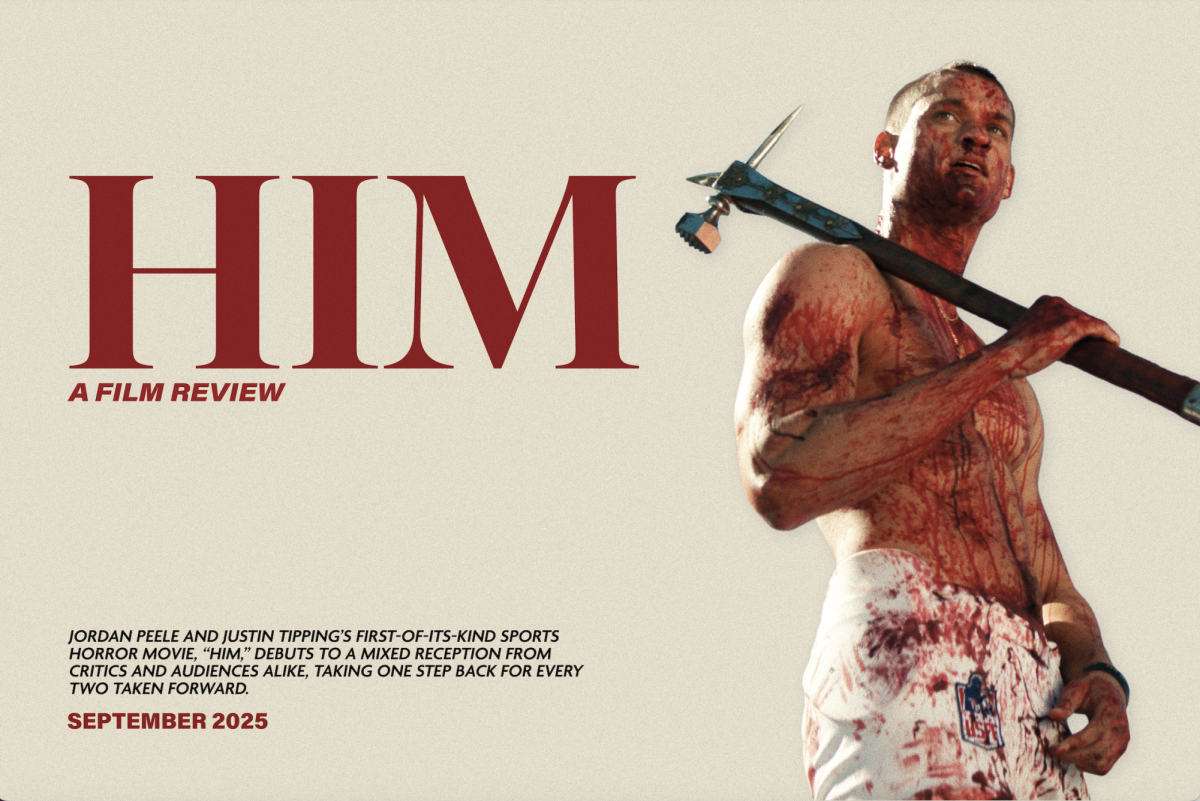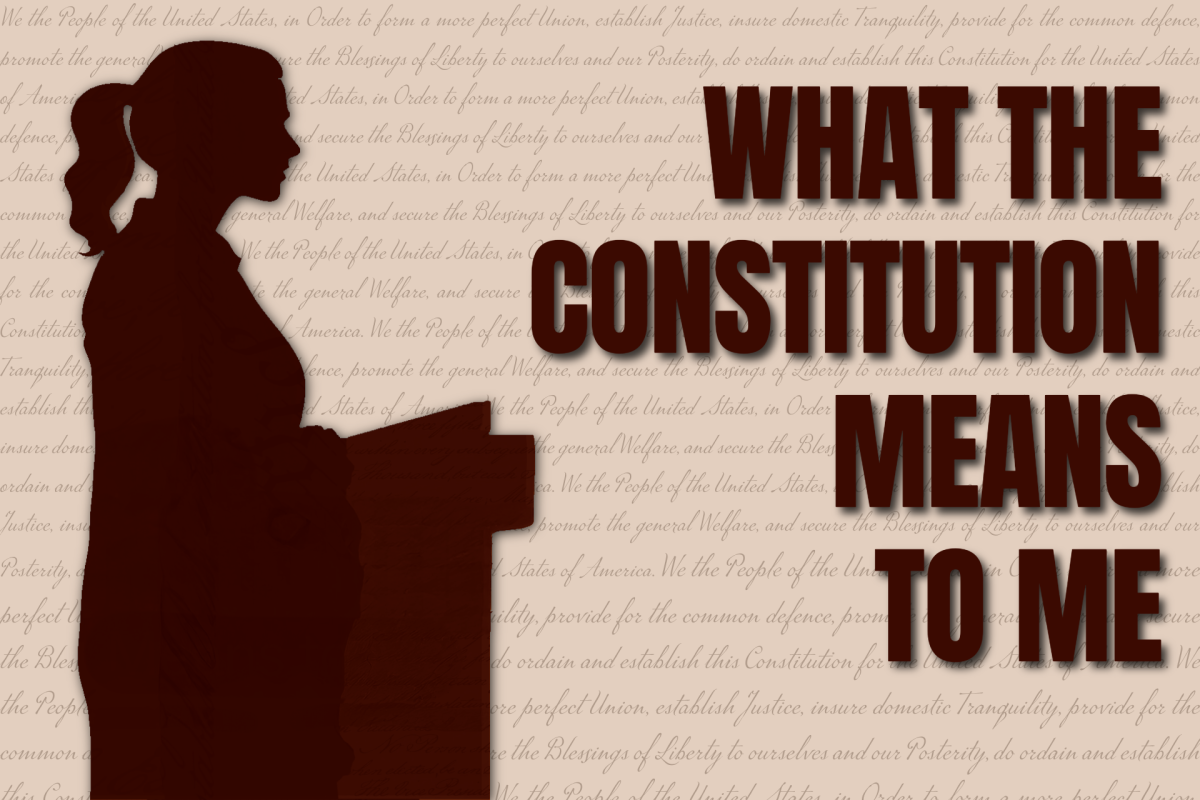Content Warning: This article contains contents regarding eating disorders.
Pop culture has relied heavily on the British monarchy as a source for gossip and influence. Since her death in 1997, Princess Diana’s spotlight has been a hard topic everyone seems to discuss. During her lifetime, Diana was the people’s princess who was an outsider thatanyone could connect to. She was someone to root for in the palace.
For many, Princess Diana is a fashion icon and a social influence with both her streetwear and iconic gowns. Whether it is her wedding dress or post-divorce biker shorts, she remains a prominent figure in fashion. In recent years, many have attempted to remake her recognizable paparazzi photos.
However, especially within the past few years, people have revisited the dark details of the late princess’s life.
There have been documentaries and shows on her life and death in previous years. There is even a play on Netflix called “Diana The Musical” that centers around her time in the Royal Family. However, the most popular tellings of her life have been the series “The Crown” and the new movie “Spencer.”
Season five of “The Crown,” released on Netflix November 2020. The season focused on Princess Diana’s first years as part of the Royal Family, and the mental damage that time had on her. The series dedicated time to show her loneliness as princess as well as her struggle with an eating disorder. It also sparked conversation outside of the episodes, and many fans and admirers of Diana revisited the discussion of how she was treated by the Royal Family.
“Spencer” is the newest take on Diana’s life, with Kristen Stewart taking on the lead role. The film, released on Nov. 5, specifically focuses on the Christmas trip where Diana supposedly finally decides to divorce Prince Charles.
Many critics are already praising the movie, and it’s earned an 84% on Rotten Tomatoes. However, there are some close to Diana claiming the movie places a lot of her mental health struggles above the rest of her personality.
In the past decade, however, Western culture has expanded its understanding of mental health and how it impacts those struggling. More research and focus on mental illnesses has given anyone the chance to share their story. Today’s culture has allowed people to be more open and how they face this obstacle. With this, the conversation surrounding Princess Diana has taken a new light considering the topics of her struggle with mental health.
Throughout her time in the spotlight, Diana was rumored to have an eating disorder. It was officially confirmed in the biography “Diana: Her True Story” published in 1992. This biography details the timeline of her bulimia, which was shared by Diana herself. She suffered from this illness during most of her marriage and faced forms of depression and loneliness alongside her eating disorder.
While discussing the heavy parts of her life is important, it’s always a good reminder that this was a real, three-dimensional woman who is not defined by these illnesses. Diana represents a lot of the conversation with mental health for women.
For a woman who spent a large part of her life in the spotlight, she received harsh critique on how she spent her days. She was constantly watched by being attached to the Royal Family, and Diana was also restricted to the rules of the palace and the high standards expected of the Royals. The monarchy is never expected to voice an opinion of their own, follow the standard dress codes and remain poised to the public.
Diana has embodied a lot of the recent conversation around mental health and the way women are perceived in the media. Women are held to a much higher standard with how they carry their image and react to the difficulties of their life. Diana experienced a harsh time during her years in the Royal Family, yet it was never shown till after it was all over. While she grappled with her illnesses during her time in the spotlight, it’s important that today there is more to her story than just her mental health.
She was a mother who cared about her sons and the legacy they would have with the crown. She was also a passionate philanthropist who spent quite a lot of her time giving back. Despite her struggles with her marriage, Diana never seemed to spite the monarchy or the institution she was part of during her marriage. When portraying Diana, it’s important that today we do not forget about her whole story just to tell the darker parts.
Edited by Camila Fowler | [email protected]


